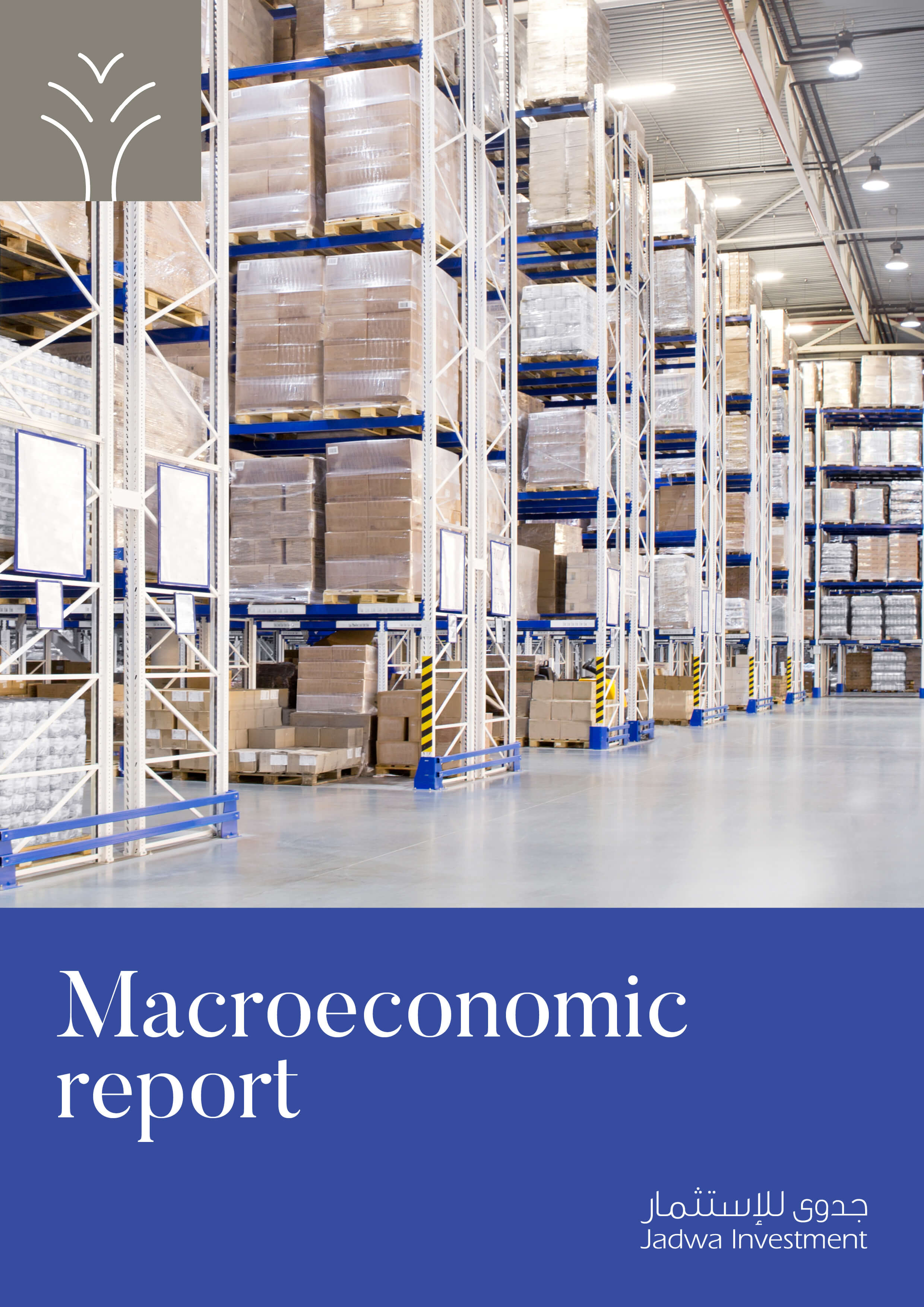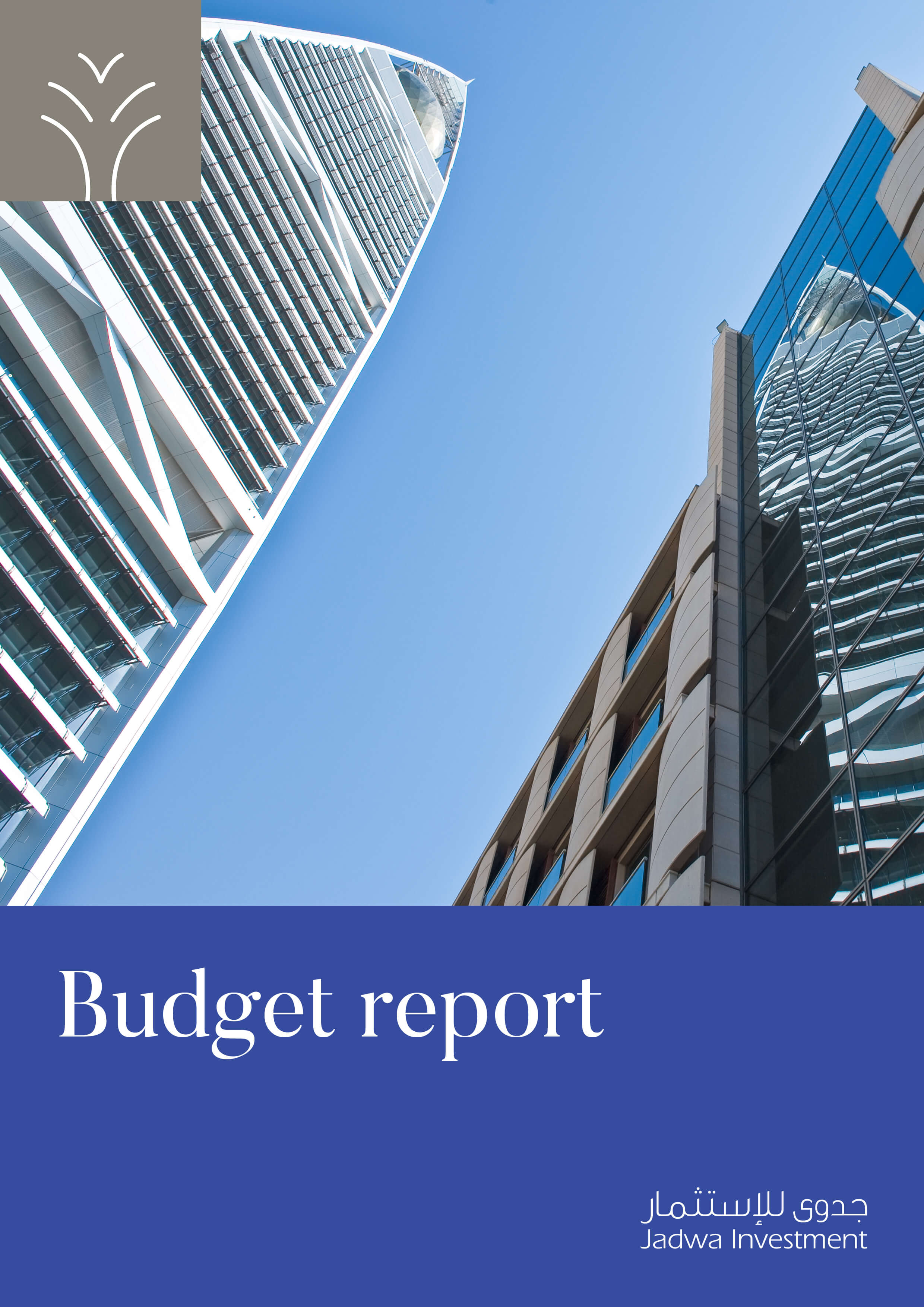The Saudi Economy in 2017
Macroeconomic ReportWe expect the Saudi economy to continue slowing in 2017, dragged down by negative growth in the oil sector. Non-oil sector growth should rebound but remain subdued. As oil prices rebound, the current account deficit will shrink considerably, while the fiscal deficit will fall to single digits. We believe the government will continue to comply with targets specified in the Fiscal Balance Program (FBP 2020), allowing for a smooth adjustment in the fiscal budget while cushioning the impact on growth in the non-oil private sector.

The Saudi Economy in 2016
Macroeconomic ReportThe Saudi economy will continue to slow in 2016 as the private sector gradually adjusts to the new norm of fiscal deficits and lower spending announced by the government. As oil prices fall year-on-year in 2016, the fiscal deficit will remain in double digits, but the government will push to gradually diversify its revenue base and consolidate its spending. The most recent rise in domestic energy prices represents a trend towards a broader reform in domestic economic policymaking. We expect Saudi oil production in 2016 to remain unchanged, year-on-year, at 10.2 mbpd. Saudi Arabias current strategy of maintaining market share will result in lower levels of oil revenues in the short-term, but will benefit it in a few years time. Despite the lower level of spending outlined in the 2016 Saudi budget we expect the government to continue supporting economic activity despite the prevailing subdued oil price environment.

Econ update- September 2015
Macroeconomic ReportIn this report, we have revised our 2015 and 2016 forecasts to take account of a recent flow of data that has generally been slightly weaker than we had anticipated. We forecast real GDP growth to reach 3.2 percent, and 2.3 percent in 2015 and 2016 respectively, down from 3.5 percent in 2014. The high level of spending on the economy, together with low oil prices, will mean a larger than anticipated fiscal deficit, while the current account deficit will be small in 2015. However, the new government deficit financing strategy of reserve withdrawals and debt issuance will ensure a stable and gradual consolidation in public expenditure as the fiscal balance starts to improve from 2016.

Oil market dynamics and Saudi fiscal challenges
Macroeconomic ReportThe recent OPECs decision not to cut output adds further uncertainty not only on the global oil market, but also on the outlook for the Kingdoms fiscal policy. In this report we examine the global environment that led to such decision. We note that while such decision along with other variables in the market would result in different price levels over the next two years, prices of $85 and 83 per barrel for 2015 and 2016, respectively, are most likely. These lower prices will have a direct impact on the balance of payments and fiscal position of the Kingdom. In this report, we examine a number of fiscal policy reactions to different budgetary outcomes and implication of each on the non-oil economy.

The Saudi Economy in 2015
Macroeconomic ReportWe expect that the economy will continue performing strongly in 2015, albeit at a slower pace than in the previous few years. Lower oil production will drag down overall GDP growth to 2.5 percent while the non-oil private sector will continue to record robust growth, at 5.3 percent. The decline in oil prices will mean a narrowing current account surplus and a larger-than-budgeted fiscal deficit.


